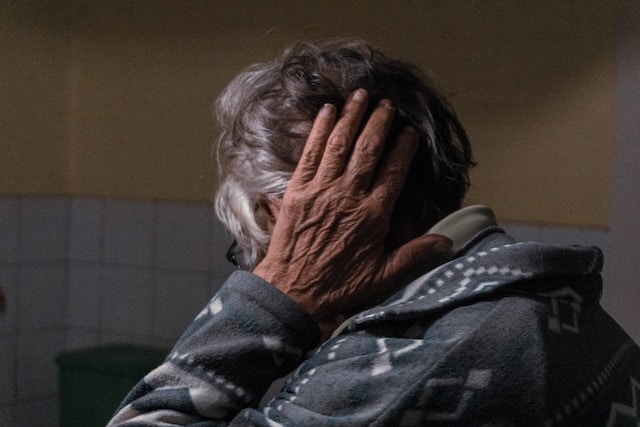Page Contents
Orthostatic hypotension, also known as postural hypotension, is a condition where a person experiences a significant drop in blood pressure when moving from a sitting or lying position to standing. Clinically, it is defined as a decrease in systolic blood pressure of ≥20 mmHg or a drop in diastolic pressure of ≥10 mmHg within three minutes of standing. This sudden change can lead to dizziness, fainting, and falls, making it a critical concern, especially in older adults.
How common is orthostatic hypotension in older people?
Orthostatic hypotension is particularly prevalent in the elderly, affecting approximately 20% to 30% of individuals over 65 years of age. The incidence increases with age due to age-related physiological changes and the higher likelihood of chronic diseases and medication use. Older adults in long-term care facilities or with mobility issues are at even greater risk, especially those with comorbidities like Parkinson’s disease or diabetes.

What causes orthostatic hypotension?
Common causes include:
Age-related decline in baroreceptor sensitivity and autonomic nervous system function
Medications, such as:
Antihypertensives
Diuretics
Tricyclic antidepressants
Antipsychotics
Dehydration or low fluid intake
Prolonged bed rest or deconditioning
Anemia
Neurological disorders (e.g. Parkinson’s disease, multiple system atrophy)
Diabetes-related autonomic neuropathy
What are the common symptoms?
Typical symptoms of orthostatic hypotension include:
Dizziness or lightheadedness upon standing
Blurred vision
Weakness or fatigue
Nausea
Palpitations
Fainting or near-fainting (syncope)
Confusion or unsteadiness (especially in the frail elderly)
Symptoms that improve upon sitting or lying down

What are the implications of orthostatic hypotension?
Orthostatic hypotension can lead to:
Increased risk of falls and injuries, including fractures or head trauma
Reduced mobility due to fear of standing or walking
Loss of independence and greater caregiver dependence
Higher rates of hospitalisation and institutionalisation
Indicator of serious underlying conditions (e.g., cardiovascular or neurological diseases)
Increased mortality in some studies, especially if persistent or untreated
What are the treatments?
Treatment focuses on managing the underlying cause and alleviating symptoms. Non-pharmacological strategies include increasing fluid and salt intake (under medical supervision), wearing compression stockings, and advising slow transitions when changing positions.
Medications like fludrocortisone or midodrine may be prescribed to improve blood pressure stability. Medication reviews are essential to reduce polypharmacy and deprescribe drugs that exacerbate orthostatic hypotension.

How you can prevent orthostatic hypotension?
Preventive strategies include staying hydrated, avoiding prolonged standing, rising slowly from a seated or lying position, and engaging in regular physical activity to maintain cardiovascular health. Reviewing medications regularly with a healthcare professional is vital. Educating caregivers and staff in eldercare settings on monitoring and managing early symptoms can also help prevent adverse events.

Conclusion
Orthostatic hypotension is a common and potentially serious condition among older adults. With proper awareness, early recognition, and a combination of lifestyle modifications and medical management, the risks associated with orthostatic hypotension can be significantly reduced. A proactive, person-centered approach is key to preserving function, safety, and quality of life in the ageing population.
